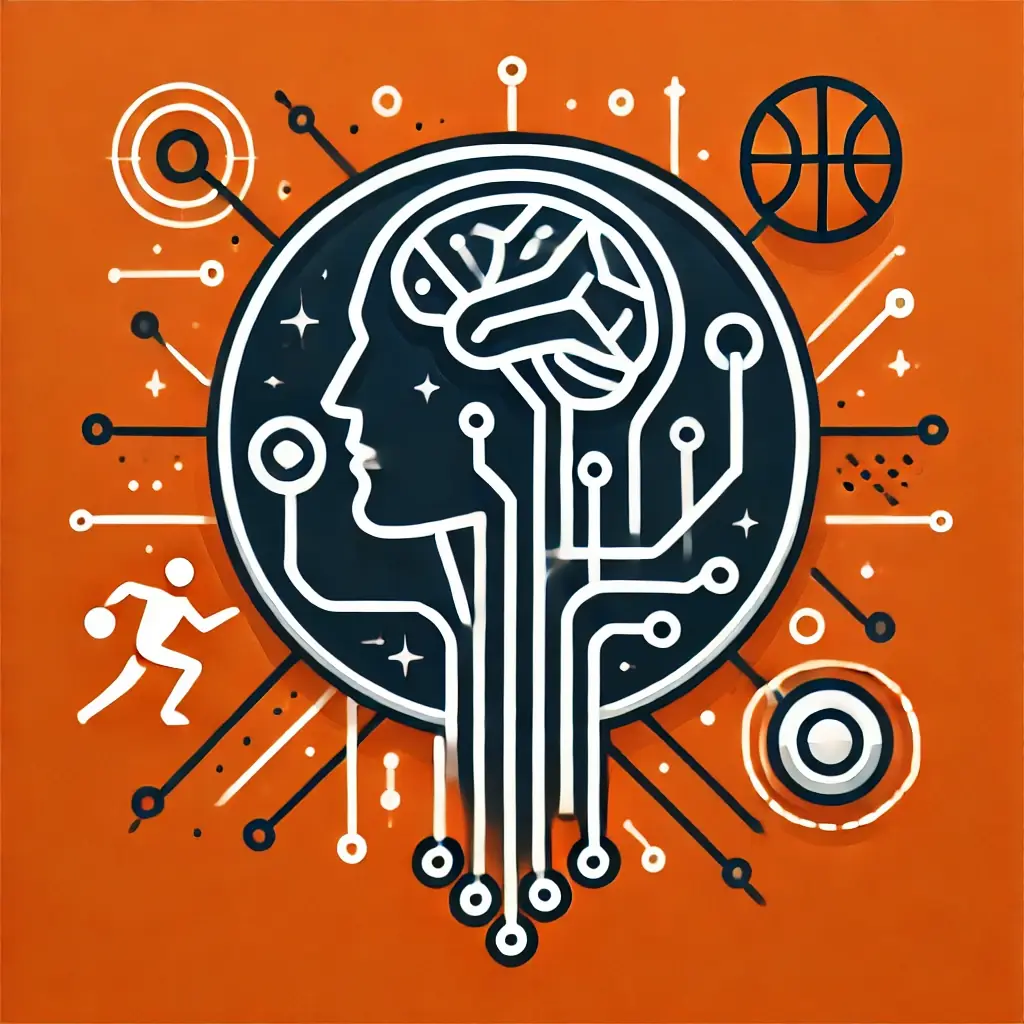AI technologies are increasingly being integrated into public safety systems, enhancing the ability of law enforcement and emergency services to predict, prevent, and respond to incidents effectively. By analyzing data from various sources, AI tools can identify patterns and potential risks, leading to improved community safety.
AI Tools in Public Safety
Intelligent Video Analytics
One of the most significant advancements in public safety is the use of intelligent video analytics. These systems can learn to differentiate between normal and abnormal activities in real-time, allowing law enforcement to focus on critical events. For example, technologies like Motorola Solutions’ Avigilon Appearance Search™ enable officers to quickly locate individuals or vehicles of interest across extensive video footage, significantly reducing the time required for investigations[1].
Predictive Analytics
AI-driven predictive analytics can assess data from various sources, including social media and crime reports, to forecast potential incidents. For instance, research has demonstrated that AI can analyze social media posts to identify potential threats, such as predicting school shootings by recognizing warning signs in online behavior[5]. This proactive approach allows public safety officials to intervene before incidents escalate.
Mobile Applications for Public Safety
Mobile applications equipped with AI capabilities are becoming essential tools for public safety agencies. These apps can provide real-time alerts and updates to officers in the field, enhancing their situational awareness and response times. For example, the Seattle Police Department has implemented machine learning to automate the triage of bias crime reports, reducing identification time from weeks to just 48 hours[2].
AI in Emergency Response
AI technologies can also streamline emergency response operations. Platforms like Veritone’s aiWARE allow public safety agencies to analyze vast amounts of data, including video evidence, to enhance investigations and improve case clearance rates. By automating data collection and analysis, these tools save time and resources, enabling officers to focus on community engagement and crime prevention[3].
Challenges and Considerations
While the integration of AI into public safety offers numerous benefits, it also raises important ethical and operational considerations. Ensuring data privacy, addressing potential biases in AI algorithms, and maintaining human oversight in decision-making processes are critical to the responsible deployment of these technologies. Public safety agencies must navigate these challenges carefully to build trust within communities while leveraging AI’s capabilities[2][4].
In conclusion, AI-enhanced public safety tools represent a transformative shift in how communities can manage safety risks. By utilizing advanced analytics and predictive technologies, public safety agencies can improve their responsiveness and effectiveness, ultimately fostering safer environments for all citizens.
Further Reading
1. AI Enhances Public Safety Operations in Smart Cities | Seagate US
2. https://www.forbes.com/sites/forbestechcouncil/2024/03/20/mobility-and-artificial-intelligence-for-public-safety/
3. Enhance Public Safety with AI: Faster Response & Reduced Costs
4. AI-Enhanced Decision-Making – Police Chief Magazine
5. Using AI to Improve Public Safety | Rutgers University-Camden


